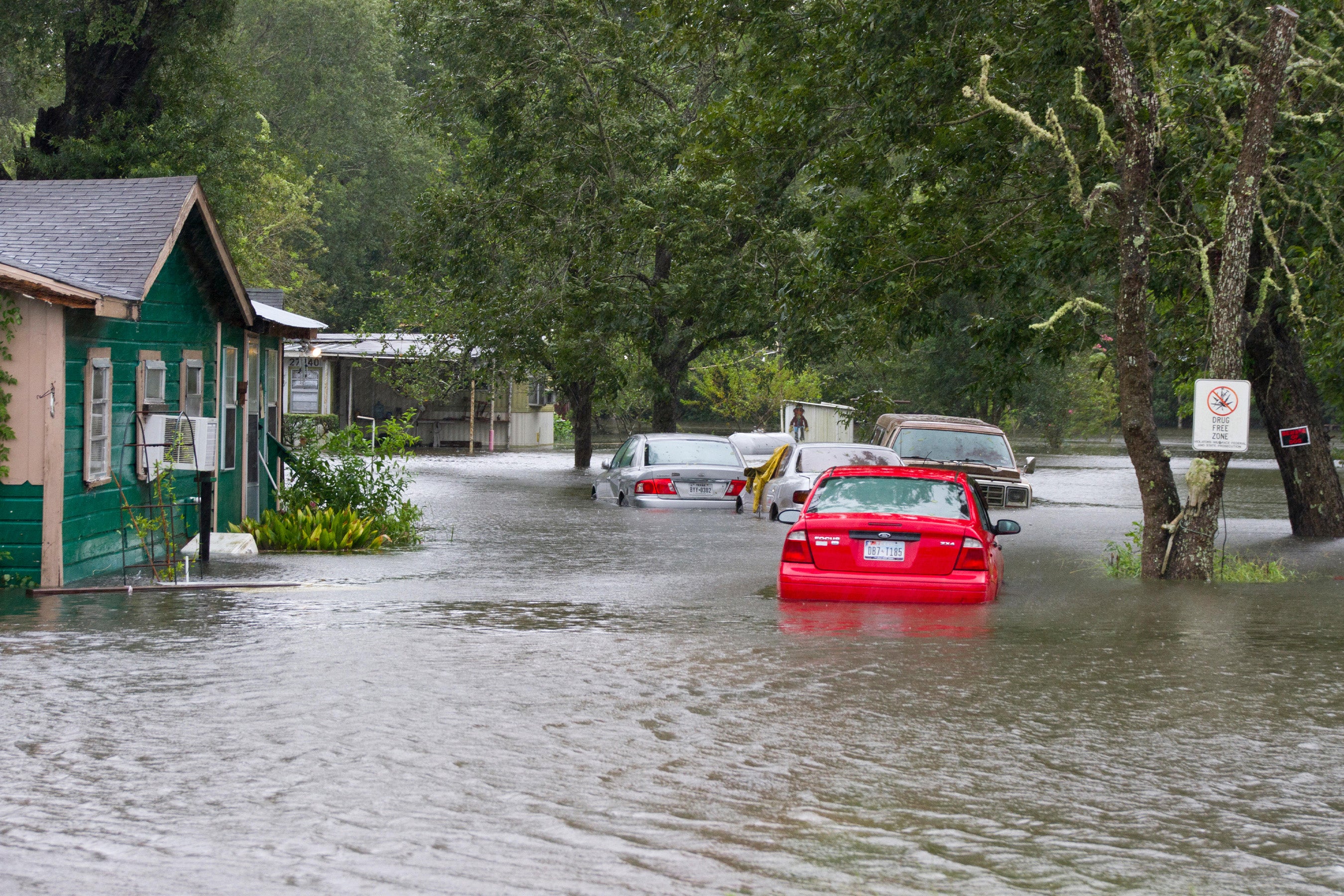
CLIMATEWIRE | Nearly 500 U.S. neighborhoods vulnerable to climate change have been selected to receive special help from the Federal Emergency Management Agency and potentially other federal agencies, FEMA said Wednesday.
FEMA’s selection of 483 “Community Disaster Resilience Zones” marks the first time the agency has targeted a group of small, at-risk neighborhoods for extra money and assistance addressing climate change.
The selection is the federal government’s latest attempt to steer climate funding to areas with the most need based on their exposure and demographics. Agencies have accelerated their targeting efforts in environmental and climate protection since President Joe Biden took office and ordered them to prioritize “disadvantaged communities.”
The 483 resilience zones are census tracts with large exposure to hazards such as storms, wildfires and floods and a limited ability to undertake projects that help them withstand climate impacts. Each census tract has roughly 4,000 residents.
Under the new program, FEMA will give extra funding through its climate-protection grants to projects that are located in a resilience zone or that primarily benefit a zone. The FEMA grants pay for work such as elevating buildings and roads in flood zones and hardening public structures against wildfire and destructive winds.
“This really is intended to build disaster resilience across the nation by driving investments … to underserved communities that are especially vulnerable to natural hazards,” FEMA Associate Administrator for Resilience Victoria Salinas said Wednesday.
The 483 zones will be eligible to receive both additional FEMA money and agency help applying for grants and handling other administrative functions.
Other federal agencies and departments such as NOAA and the Department of Transportation are planning to prioritize the newly selected zones in their own climate grants, FEMA said. NOAA intends to incorporate the zones into decisions on allocating $575 million in grants to help coastal communities build protections against hurricanes, storm surge and drought.
“It’s not just the federal government that can leverage zones. The zone designations can also help the private sector, nonprofits and philanthropies target their investments,” Salinas said.
The 483 zones are scattered across the country in cities, suburbs and rural areas from Bronx, N.Y., to northern Nevada. Many are along the Atlantic or Gulf coasts or near rivers prone to flooding. Each state has at least one resilience zone, and the number of zones in each state is roughly proportional to state population.
Congress and the White House ordered FEMA to establish the zones when they enacted a five-page law in December sponsored by Sens. Gary Peters (D-Mich.) and Rob Portman (R-Ohio). The Senate approved the measure without opposition. The House vote was 333-92, with all opposition coming from Republicans.
FEMA selected the zones using its National Risk Index, which rates each of the nation’s 73,000 census tracts on its vulnerability to a range of natural hazards including floods, extreme temperatures and storms. The index takes into account each tract’s exposure, resilience and “social vulnerability” based on characteristics such as race, income and education levels.
Later this year, FEMA plans to select additional resilience zones located on tribal lands or in U.S. territories such as Puerto Rico. FEMA plans to select another group of resilience zones next year.
Resilience zones maintain their designation for at least five years under the new federal law.
Reprinted from E&E News with permission from POLITICO, LLC. Copyright 2023. E&E News provides essential news for energy and environment professionals.


























































